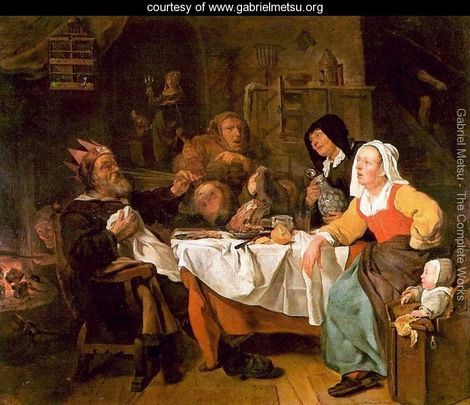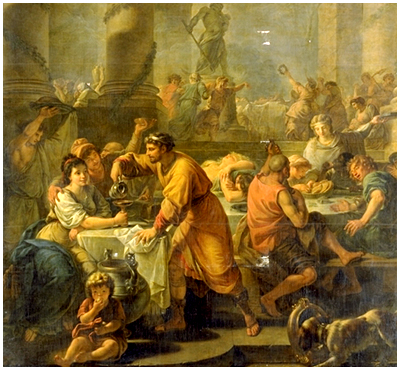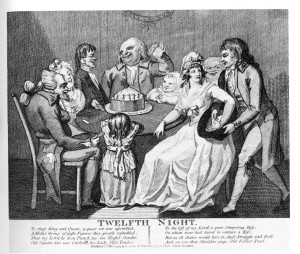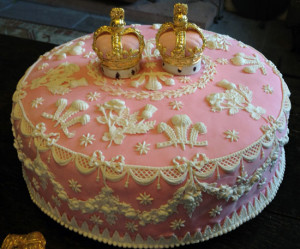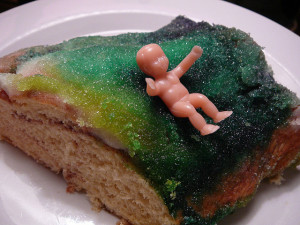Having Your Cake part 2
In the last post we talked about how New Orleans style King Cakes carry on the old European tradition of Twelfth Night. So let’s take this time to look back to the beginnings of this celebration.
Twelfth Night, or the twelfth day of Christmas is celebrated on the 5th of January (or January 6th depending upon your region.) I know, I know, it’s a little late to discuss this now, but we are still in January and they are still serving King Cakes, so I’m good right? Hey some of us have only just finished the final wrapping and storing away of our Christmas decorations. I humbly ask forgiveness for that little tardiness, I have been working hard on the next book coming. 😉
No one really knows when and where the idea of festive cakes originated but the Twelfth Night cake can be seen to have its roots in the Roman festival of Saturnalia.
On this annual December festival the Romans baked their cakes with a bean hidden inside. At that time the bean was considered a sacred vegetable so finding it had more significance than it might seem to us today. Whoever found it was made king of the festivities that were characterized by a temporary reversal in social order. The mock King of the festivities would give outrageous and humorous commands that had to be carried out.
At the establishing of Christianity in Europe, the celebration of this festival came over as the Twelve Days of Christmas, the Twelfth Night being the eve of Epiphany when the wise men, or kings, as some call them, are remembered for their visit to the Christ child.
By the middle ages the Twelfth Night celebrations particularly took on a similarity to its beginnings, often characterized by feasting, mumming and revelry. The king they appointed to preside over the games and revelry was called the “Lord of Misrule”, his allotment to be king coming by way of the Twelfth Night Cake, or Kings’ Cake, and still with its bean inside.
In England, during the 18th and 19th century, Twelfth Night parties became popular. The cake became an elaborate decoration of creamy icing and fruit fillings. Certainly it had its importance at the table, with some traditional variations on the cutting and serving of it and what it meant to find the bean.
If we go back to following the French and Spanish timelines for this cake we will see that somewhere along the way the bean came to represent the Christ Child. In New Orleans the King Cake Baby is still the most important part of the cake. It has come in gold, porcelain and in the mass production these days, plastic. But finding it in your slice of King Cake is still considered a happy moment, its significance varying by whatever event you find it in.
As I said in my last post, the New Orleans King Cake comes from a very old and rich tradition. The full telling of it, the full study of it, has barely been touched on here. So do you have any Twelfth Night or King Cake traditions that you remember?

